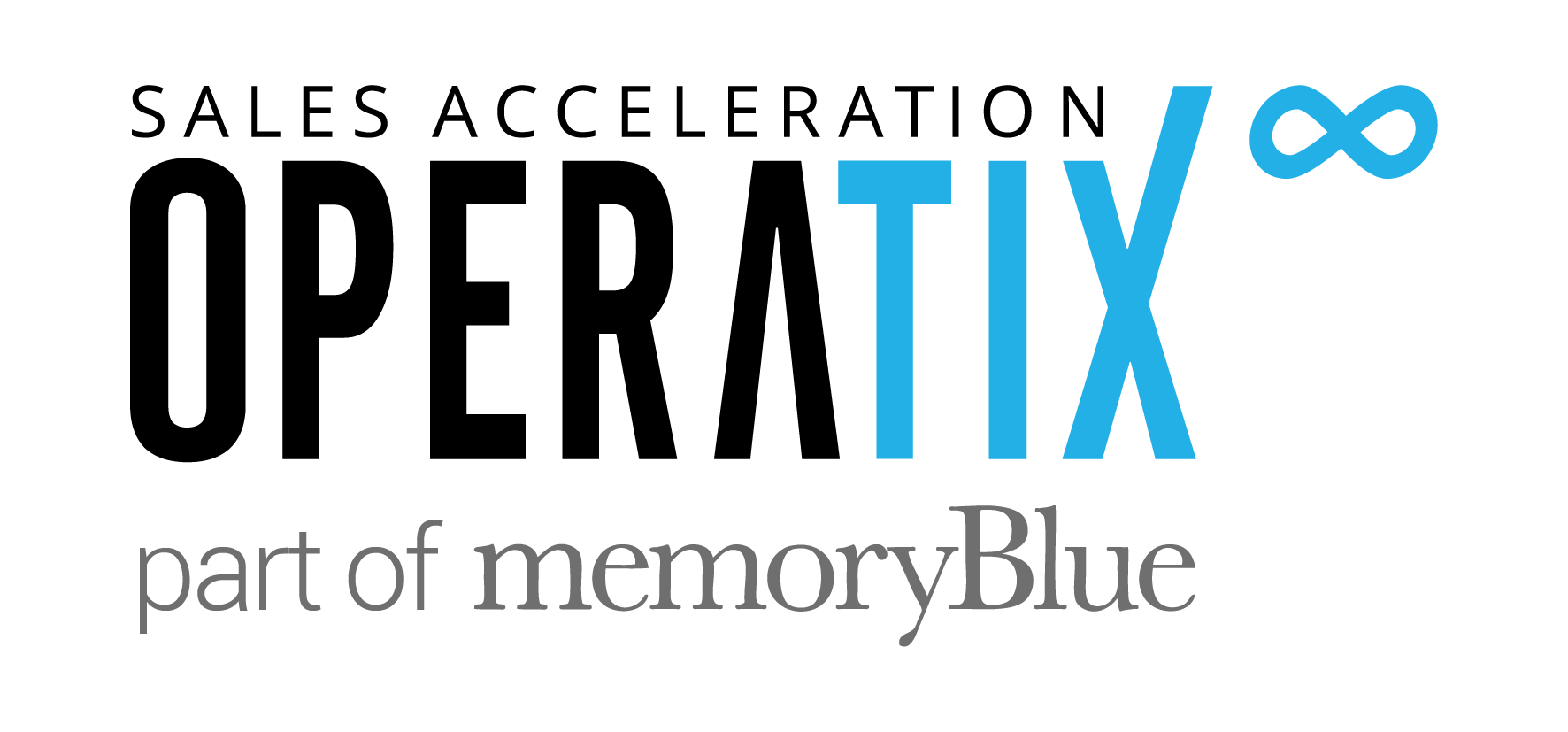While purposeful, well-planned recruitment is seen as a vital part of creating a successful team, there is one element that is often overlooked – SDR team structure. Assigning your sales reps to the wrong department results in bad management and misalignment, particularly if the department doesn’t have the resources or expertise to nurture the sales development role.
In this blog, you’ll get an insight into the differences between inbound and outbound sales and the benefits and drawbacks of reporting to either the sales or marketing team. Lastly, a conclusion will be drawn about outsourcing sales versus building an internal sales department.
This blog is part of our SDR Handbook, a complete guide to recruiting, building and maintaining a sales development team from scratch. Discover our expert tips by downloading this free comprehensive eBook here.
Inbound vs Outbound Sales
Both inbound and outbound sales have their benefits and complement each other, which is why a hybrid approach is key. Prioritizing one may yield some success, but you’ll be missing out on the opportunities the other approach tends to bring about. Below are some of the key differences between the two strategies that will affect their daily activities and goals.
Inbound
In short, inbound sales are those in which the prospect initiates contact with the company first. This may be by interacting with a piece of content, contacting the sales team via the website, attending a tradeshow or webinar, submitting their information in exchange for content, and so forth.
Inbound sales is a much more natural approach to sales, as the lead will have prior knowledge of the services you’re selling and likely expect you to reach out. They may already be interested in having a meeting and are open to being pitched to, leading to warmer conversations.
However, it’s worth noting that marketing and branding are essential when it comes to inbound sales, both of which can take a while to take effect. This is why having an element of outbound sales rather than relying solely on inbound is fundamental, especially for less established companies.
Outbound
Outbound sales, on the other hand, require the representative to reach out to the prospect first. They initiate the first point of contact, typically using cold calling, email or platforms such as LinkedIn. The representative must first qualify the prospect, ensuring they’re a good fit from an ICP perspective, as well as seniority level.
Unlike inbound where it can take months for the marketing efforts to see results, outbound sales tend to yield quicker results. You can start selling from the get-go, allowing for more predictable revenue and target decision-makers in key-target accounts. Not only that, but parts of outbound sales such as email sequences and follow-ups can be automated, making it an efficient and reliable way of getting your company in front of prospects.

SDR Team Structure: Reporting to Sales or Marketing
While the SDR role traditionally aligns with the sales team, there has been an increasing debate regarding if they should instead be reporting to the marketing department. Given that an SDR uses both sales and marketing tactics in their approaches, it’s easy to see where the debate arises. After all, the role bridges the gap between sales and marketing.
The recent Tenbound Sales Development Report 2022 revealed that 55% of business leaders have their SDR function fall under the sales department, while 35% report to marketing. However, it isn’t always right to follow along with the majority. If you decide to have a primary focus on inbound sales and account-based marketing, it may be best to have your SDRs report to the marketing department.
On the other hand, those who want their representatives to utilise outbound sales could have them report to the sales team. Aligning your representatives with the primary part of the sales funnel and method is always going to yield better results.
You may want to answer questions regarding who will have time to manage the team, track KPIs, coach the reps and help nurture their growth. The best SDRs are the ones that are nurtured and coached throughout their career, not to mention the fact that their manager should have time to analyse results and ensure they’re living up to expectations.
Likewise, if you decide to build an internal career path for SDRs, you should consider which remit they will be able to develop into. Larger organizations tend to have a separate Sales Development Department, often led by a Head of Sales Development/VP or Chief Sales Development Officer.
The department will still work very much aligned with Sales & Marketing but will have its own infrastructure and leadership team.

Outsourcing or Having an In-House Team
Outsourcing your sales development team can often be seen as a costly option for businesses, but when you take a closer look at the investment that goes into building an internal SDR team, you may be surprised by the results. All things considered, outsourcing sales development can save you a significant amount of money, not to mention the time it takes to build a successful team.
A great way to start defining how big your SDR team should be is to identify how many inbound leads your marketing team is producing. As a guideline, we suggest that a single sales resource should be working through 300 marketing-qualified leads every month based on 20 working days at a disposition rate of 15 leads per day. Anything less than this and the resource will most likely be making up the rest of the available time doing hybrid activities, which can be difficult to manage.
It’s also worth considering the territories that your inbound leads are coming from. If you have 150 coming from the US, 50 from the UK, 50 from Spain, and 50 from Germany, hiring a sales rep will only be worthwhile if you can pull off the minor miracle of finding a trilingual salesperson.
You may also find that if you’ve hired a full-time resource that is dedicating a large amount of his or her time to proactive sales activity due to a lack of inbound activity in their native tongue, it can be very difficult to motivate and manage this element of their role.
The bottom line is if inbound demand is very clearly demonstrable for your company and manageable in terms of language restrictions: go ahead and build your own sales team. If you are lacking inbound demand, then you’d better hope you have an extremely strong, disciplined, and consistent management system overlooking your sales team. Otherwise, outsourcing your sales development is likely a more beneficial and efficient choice.
The Cost of an Internal SDR team vs Outsourcing SDRs
Many people are under the impression that recruiting your own sales development team is more logical than outsourcing. This is mainly because they believe that outsourcing comes at a premium and that developing your own team is much more cost-effective.
Businesses can easily overlook the true cost of hiring sales representatives, as there are a variety of factors to consider when comparing hiring an internal team with outsourcing. We’ve detailed the true cost of building an internal team vs outsourcing in this blog post, as well as in the SDR Handbook.
SDR Team Structure Summary points:
- There is a big difference between inbound and outbound sales, so differentiating the approach you want your SDRs to take is important
- SDRs bridge the gap between marketing and sales, which is why there is debate as to with department they report to
- The majority of SDRs report to the sales department
- While building a sales team of your own may seem like the more cost-effective option, this is unlikely to be the case due to the amount of hidden costs
- There are a number of benefits of outsourcing sales, even if you do decide to build an internal team simultaneously


